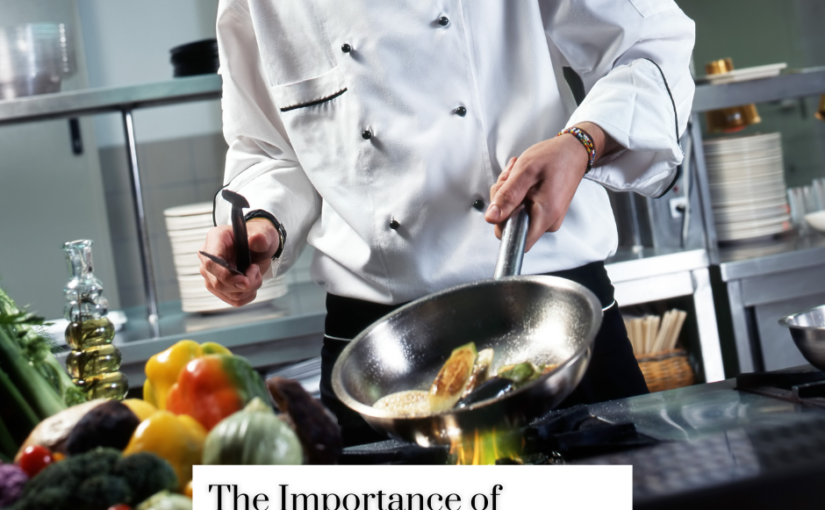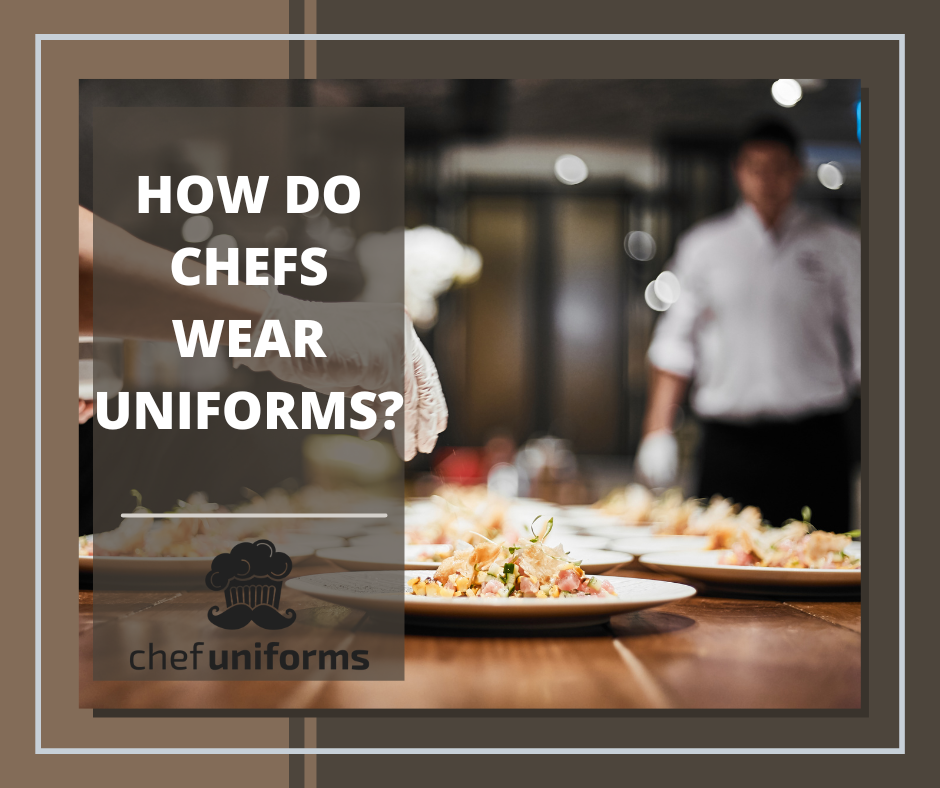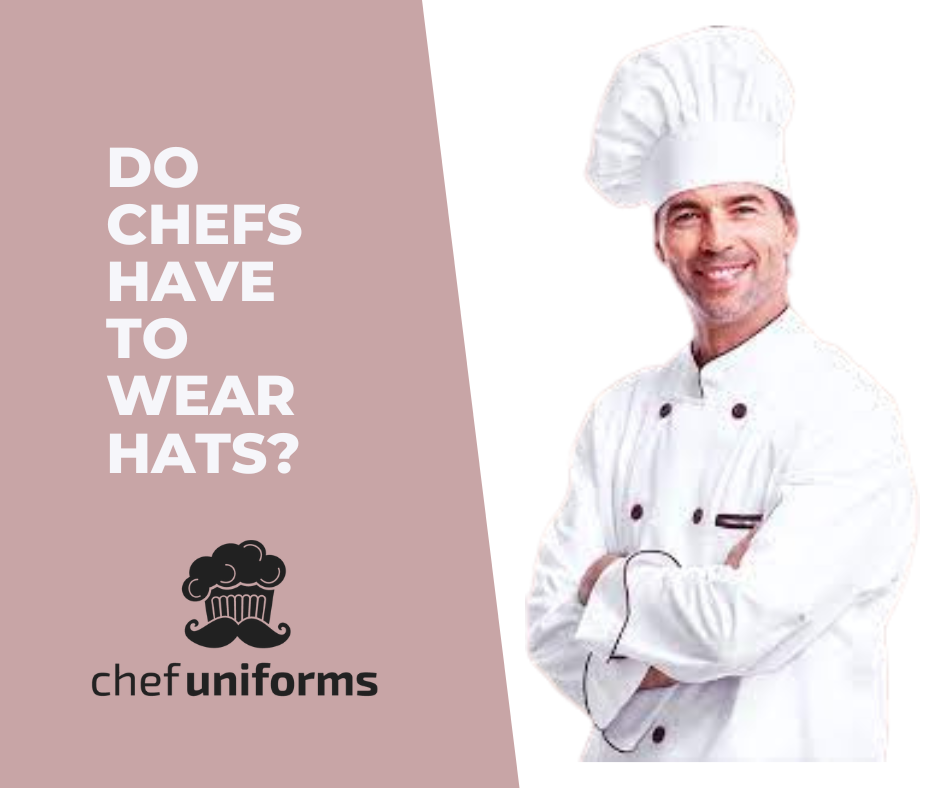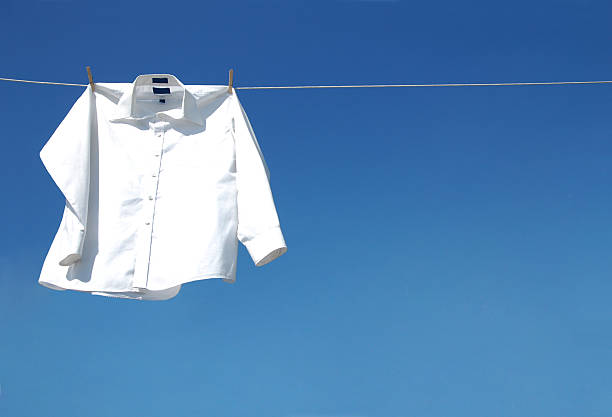
The Importance of Comfort in Chef Uniforms
Chefs work long hours in hot and often hectic kitchens, and their clothing can play a significant role in their ability to perform their duties effectively and safely. A chef’s uniform needs to provide both protection and comfort, and should be designed with the unique demands of the kitchen in mind. In this article, we will explore the importance of comfort in chef uniforms, discussing the various factors that can affect a chef’s comfort level and how they can be addressed.
The Physical Demands of a Chef’s Job
Before delving into the specifics of chef uniforms, it is important to understand the physical demands of a chef’s job. Cooking in a professional kitchen can be physically demanding, requiring long hours on one’s feet, heavy lifting, and exposure to high temperatures. A chef’s uniform needs to be designed to help mitigate some of these physical demands and enable them to work more comfortably.
Standing for Long Hours
A chef’s job often requires them to stand for hours on end, which can be extremely taxing on the body. Standing for long periods can lead to foot, leg, and back pain, as well as swelling and fatigue. Comfortable shoes are crucial for chefs, as they provide the necessary support and cushioning to help prevent these issues.
Chefs should opt for shoes with nonslip soles to help prevent slips and falls in the kitchen. Shoes should also be easy to clean, as the kitchen can be a messy and potentially hazardous environment. Breathable materials can help prevent foot odor, which can be a concern for chefs who are on their feet for hours at a time.
Protecting Against Heat and Cold
Kitchens can be hot and humid, and chefs are often exposed to extreme temperatures as they cook. Protective gear such as aprons, oven mitts, and pot holders can help protect against burns and other injuries.
In addition to protecting against heat, chef uniforms should also be designed to provide insulation against cold. Kitchens can be chilly, and chefs may need to work with refrigerated or frozen ingredients. Layers of clothing can help regulate body temperature and keep chefs comfortable.
Ensuring Mobility and Flexibility
A chef’s uniform should allow for maximum mobility and flexibility, as they need to move quickly and easily around the kitchen. Clothing should be loose enough to allow for freedom of movement, but not so loose that it becomes a safety hazard. Tapered sleeves and pants can help prevent fabric from getting caught on equipment or utensils.
Lightweight, breathable materials can help prevent sweating and overheating, which can impede mobility and flexibility. Clothing that is too heavy or bulky can also be a safety hazard, as it can limit a chef’s ability to move quickly and easily around the kitchen.
Designing Chef Uniforms for Comfort
There are several design elements that can contribute to the comfort level of a chef’s uniform. The following are some of the most important design considerations for chef uniforms:
Breathable Materials
Breathable materials are essential for keeping chefs comfortable in the hot, humid environment of a kitchen. Cotton and cotton blends are popular choices, as they are lightweight, breathable, and easy to care for. Polyester and other synthetic materials can be used to add durability and moisture-wicking properties.
Cotton and cotton blends are also preferred because they are natural fibers, which means they are less likely to irritate the skin. Synthetic materials can be rough and scratchy, which can be uncomfortable for chefs who are working in close quarters with others.
Fit
The fit of a chef’s uniform is crucial for both comfort and safety. Clothing that is too tight can restrict movement and make it difficult for chefs to perform their duties effectively. On the other hand, clothing that is too loose can get caught on equipment and become a safety hazard.
Chef jackets should be designed with a tapered waist to provide a more fitted silhouette, while still allowing for ease of movement. Sleeves should be tapered to prevent them from getting caught on equipment or utensils. Pants should have a comfortable, but not overly loose, fit, and should have an elastic waistband for added comfort.
Durability
Chef uniforms need to be durable enough to withstand the rigors of daily use in a kitchen. Durable fabrics like cotton, polyester, and blends are commonly used for chef uniforms, as they can hold up well against stains, spills, and frequent washing.
Double-stitching and reinforced seams can also help extend the life of a chef’s uniform. When choosing a chef uniform, it’s important to consider the quality of the materials and construction to ensure that it will last over time.
Pockets
Pockets are an essential design element of a chef’s uniform, as they provide a convenient place to store utensils, thermometers, and other tools. Pockets should be designed to be easily accessible, but not so large that they become a safety hazard.
Aprons are another popular accessory for chefs, as they provide additional pockets and protection for clothing. Aprons should be made of durable materials and should be adjustable to ensure a comfortable fit.
Conclusion
A chef’s uniform plays a significant role in their ability to perform their job effectively and safely. Comfort is an essential aspect of a chef’s uniform, as it can help mitigate some of the physical demands of a kitchen and enable chefs to work more efficiently. Design elements like breathable materials, a comfortable fit, and durable construction can all contribute to the overall comfort level of a chef’s uniform.
In addition to comfort, chef uniforms should also be designed to provide protection against heat, cold, and other hazards commonly found in a kitchen. By considering the unique demands of a chef’s job and designing uniforms accordingly, chefs can work more comfortably and safely, improving their overall job performance and job satisfaction.
Chefs wear uniforms to protect themselves while working in a hot kitchen. A chef's uniform is designed to be practical, …
In most kitchens, chefs are required to wear a hat as part of their uniform. There are several reasons why …
How to clean my chef whites? Chef whites require extra care to keep them white all the time. Chefs can maintain …
Most of the traditional chef Jackets are made of white. White chef Jacket looks professional all the time. It’s challenging …
Traditional White Apron is very famous among bakery chef and painters. However, restaurant chefs and Individuals like to wear white …
Chef uniforms are important to wear in a kitchen environment. Hospitality industry is growing faster these days. Chef works in …







